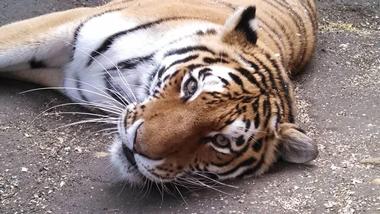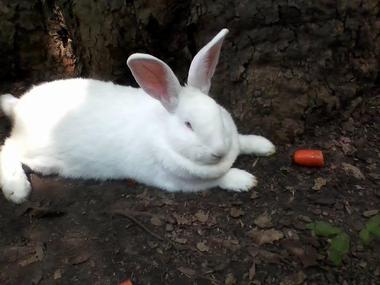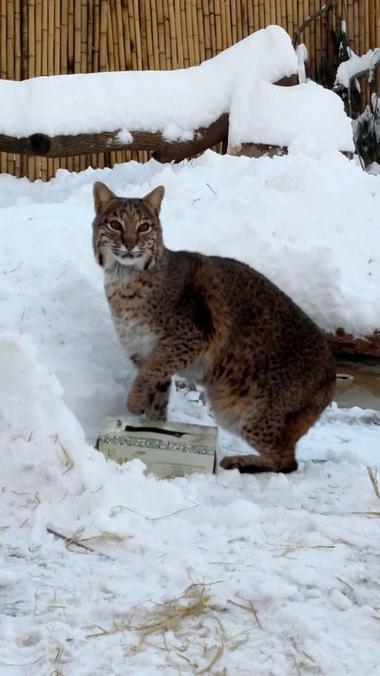Located in Wilmington, Delaware alongside the Brandywine River, the Brandywine Zoo is an enchanting animal haven. Although the Brandywine is only 12 acres large, they host an abundant number of animals and have various educational opportunities that allow the community to engage and learn more about wildlife.
Brandywine Zoo History

The Brandywine Zoo’s history dates all the way back to 1883 when the Wilmington Board of Park Commissioners was created. The Wilmington Board of Park Commissioners was comprised of ten volunteer men who were responsible for planning and building the parks in Wilmington. Since they had little experience when creating a park, they looked to an expert, Frederick Law Olmstead. Olmstead had created the plans for Central Park and the Boston Commons, so he was experienced in the field of park planning. Olmstead encouraged the commissioners to purchase land that ran alongside the Brandywine River, so they did.
Although the land that would eventually become the Brandywine Zoo was set aside, no one planned to build a zoo until James H. Morgan did in 1904. Morgan negotiated that if the Wilmington Board of Park Commissioners provided the funds for building the zoo, then he would donate animals. One year later, the Wilmington Zoo, which later became the Brandywine Zoo, was created and the commissioners decided to change their name to the Wilmington Free Zoological Association.
Over the course of the next 50 years, the zoo underwent many renovations that expanded and diversified the type of animals that lived at the zoo. During that time, the zoo experienced struggles in remaining open. But, the zoo’s outlook took a turn for the better when Nancy Falasco became the zoo director. Falasco had worked at the zoo since 1978, but when she was promoted to the zoo director in 1981, she created and carried out many significant changes to the zoo. One of the biggest impacts Falasco had on the zoo was improving the level of care and habitat structures until the Brandywine Zoo became officially accredited and recognized by the Association of Zoos and Aquariums.
Brandywine Zoo Attractions

The Brandywine Zoo is home to four attractions that showcase a diverse number of animals from every region of the world. While the types and numbers of animals typically stay consistent, some of the animals may not be on exhibit during the winter.
Mammals is one of the most abundant exhibits in the Brandywine Zoo. When viewing the mammals, you will get to see a variety of smaller animals, as well as large cats. Some of the animals in this exhibit include the; African pygmy goat, llama, and two-toed sloth.
Birds is the other abundant exhibit in the Brandywine Zoo. This attraction is home to around 15 types of birds that range from species who are native to Delaware to species who live in tropical climates. The birds in this attraction include the; American bald eagle, cinnamon teal duck, burrowing owl, and blue and yellow macaw.
More Things to See

Reptiles showcases a few of the most interesting and diverse reptiles. Currently there are only three types of reptiles displayed at the Brandywine Zoo. These reptiles are the; green tree python, mossy prehensile-tailed gecko, and prehensile-tailed skink.
Invertebrates is the last attraction at the Brandywine Zoo. This exhibit showcases the most abundant species of honey bees, the Italian honey bees. When visiting this attraction, you will get the chance to learn about Italian honey bees, how they survive, and why honey bees are important to the ecosystem.
Plan Your Visit

While the Brandywine Zoo is a small zoo, they have a larger amount of educational opportunities than some of the well-known bigger zoos. One of the biggest educational opportunities at Brandywine Zoo is the Brandywine Zoo School and Traveling Zoo programs. These programs intertwine with each other and provide school children with the opportunity to learn about and interact with animals. With the Brandywine Zoo School program, students will learn about various animals at the zoo, and with the Traveling Zoo program, a zoo official will travel with an animal to a classroom. The Brandywine Zoo even has a selection of animals used for educational programs that is separate from the animals that are shown in the exhibits.
Another educational opportunity for school children is the Class Adopt program. With the Class Adopt program, classrooms have the chance to adopting an animal at the zoo. All they must do is donate at least $100, then they receive rewards and an educational experience that enables them to learn more about wildlife while creating a special bond with the animal they adopted.
1001 North Park Drive, Brandywine Park, Wilmington, Delaware, 19802, Phone: 302-571-7747, Map





